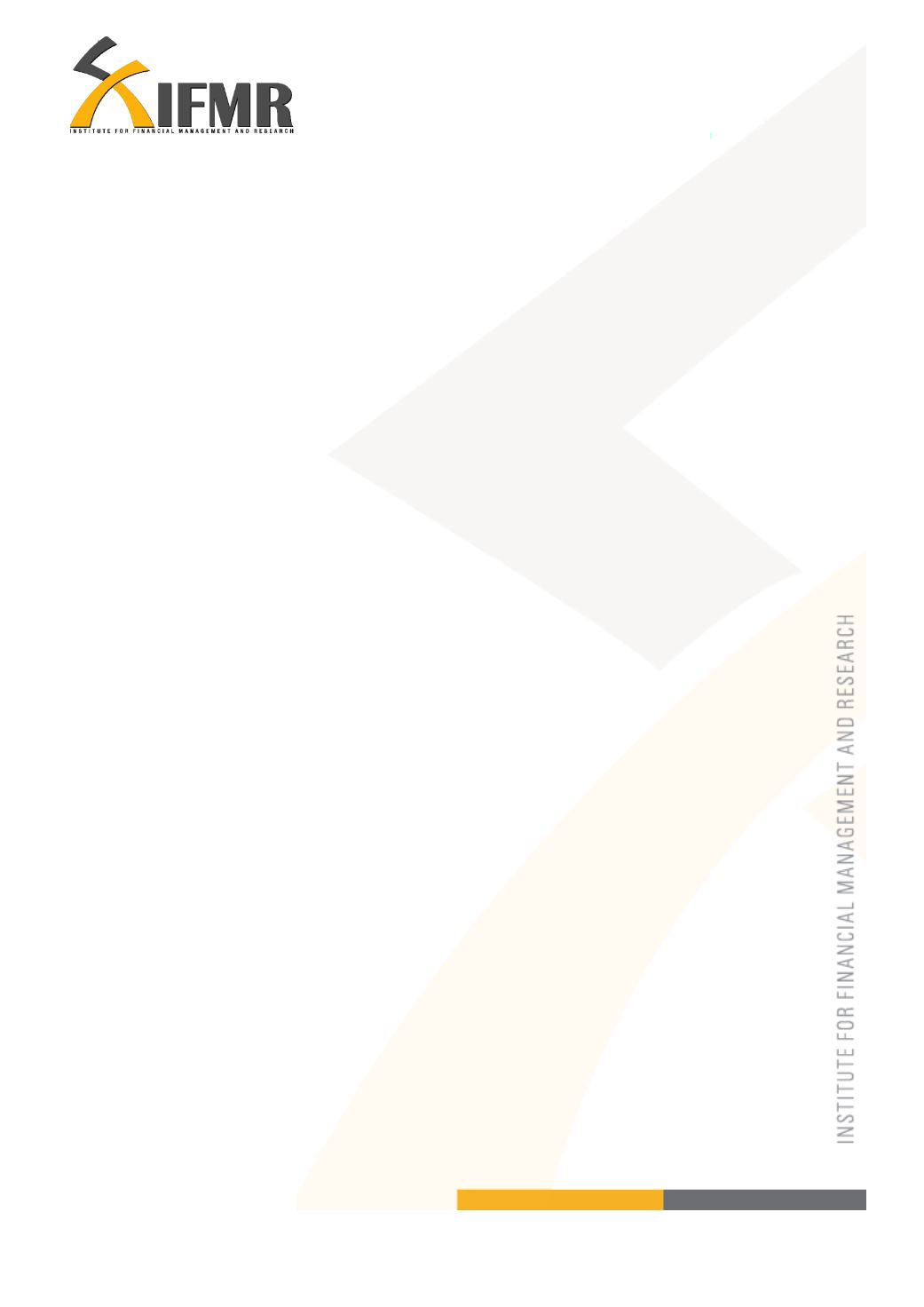
14
accrued to the members from their involvement with SHGs have been large and this has
been due to the availability of thrift and credit. An empirical research by Kumar, 2010
looks to primarily understand the importance of thrift in meeting the life-cycle needs of
the poor and how it can be achieved by the SHGs. The study on the performance and
impact of SHGs in Punjab showed that all members were saving in post-SHG situation as
compared to only 20 percent in the pre-SHG situation (Kumar, 2010). While the
numbers vary across the country, the important part is that there has been a significant
increase in the savings pattern of the poor post-SHG membership. This can be attributed
to the availability of a safe avenue to save. In Punjab, in 2009, about 68 percent were
saving as much as Rs. 2000 per annum post-SHG. For the NABARD sponsored group,
as much as 23 percent were saving more than Rs. 3000 per annum.
2.3 Substitution vs. Income effects of savings
In most conventional models of savings behavior, level of savings depends on relative
weights of substitution and income effect. That is, inter-temporal substitution of current
for future consumption and savings tied to current income (Aportela, 1999). But since
poor household lack access to certain savings instruments and their income levels are at
subsistence levels, it is important to question the applicability of conventional models.
Empirical evidence shows that success of joint-liability programs depends on effective
mobilization and responsiveness of people’s savings to increased access to financial
services (Morduch, 1997).
It is important therefore to understand the behavior of the poor household- the nature of
the savings. Whether a fixed amount of the monthly income is saved every month or if


